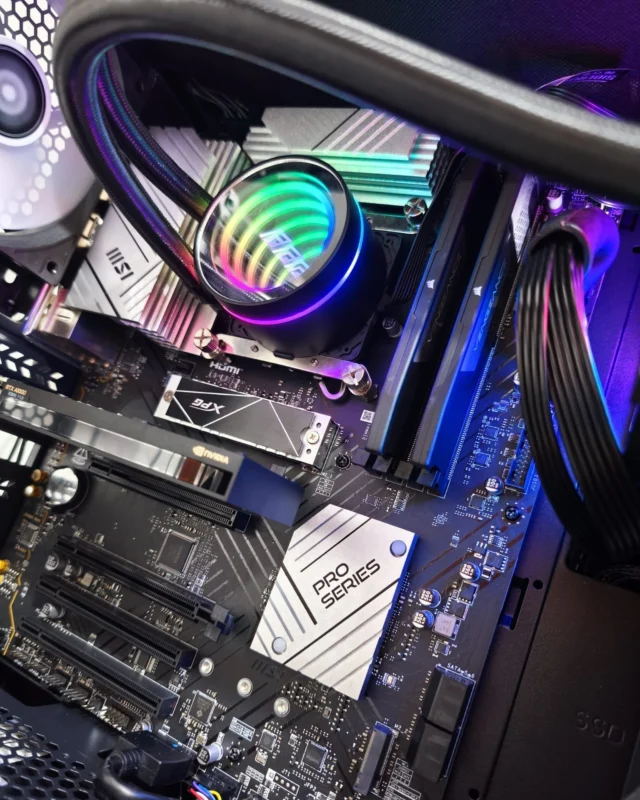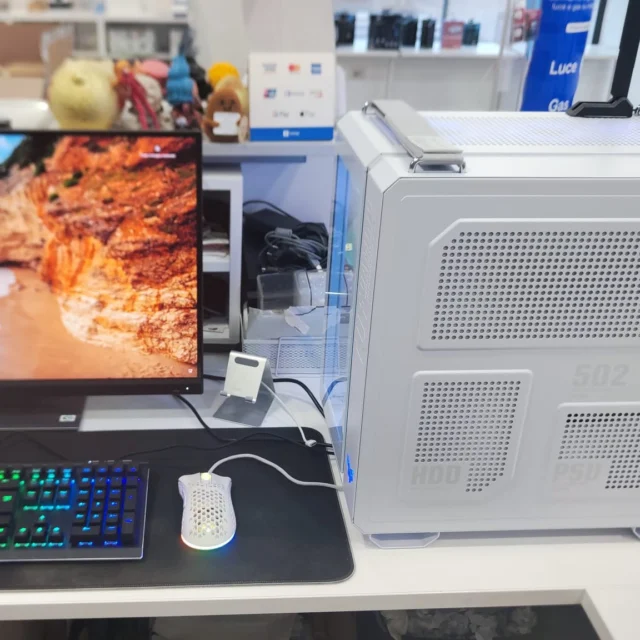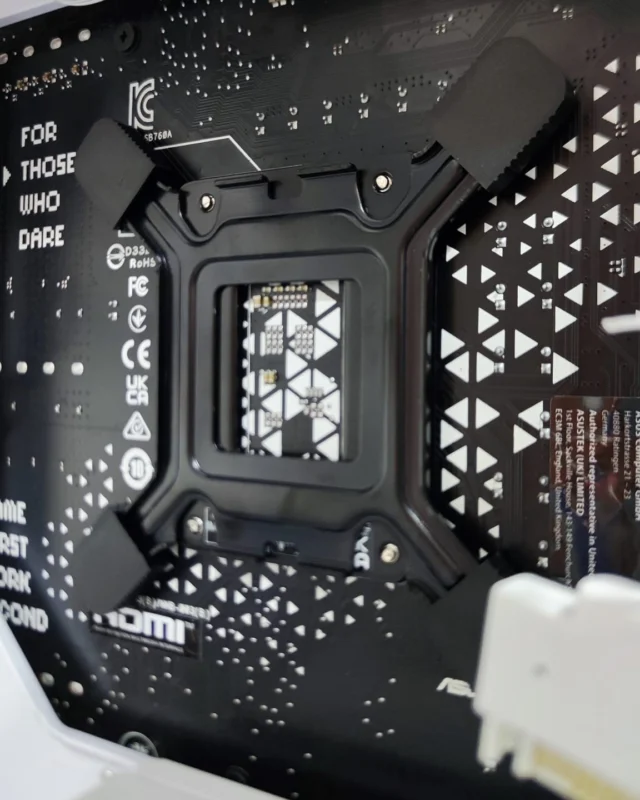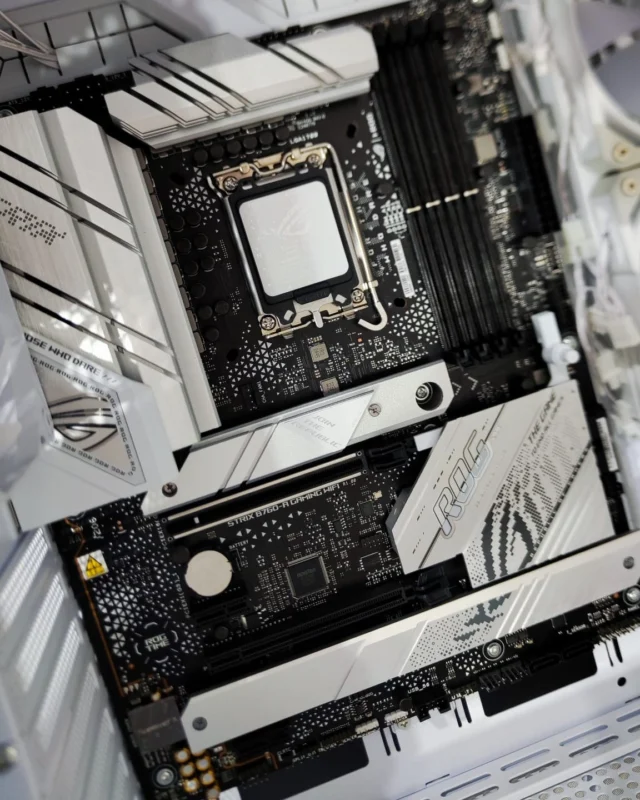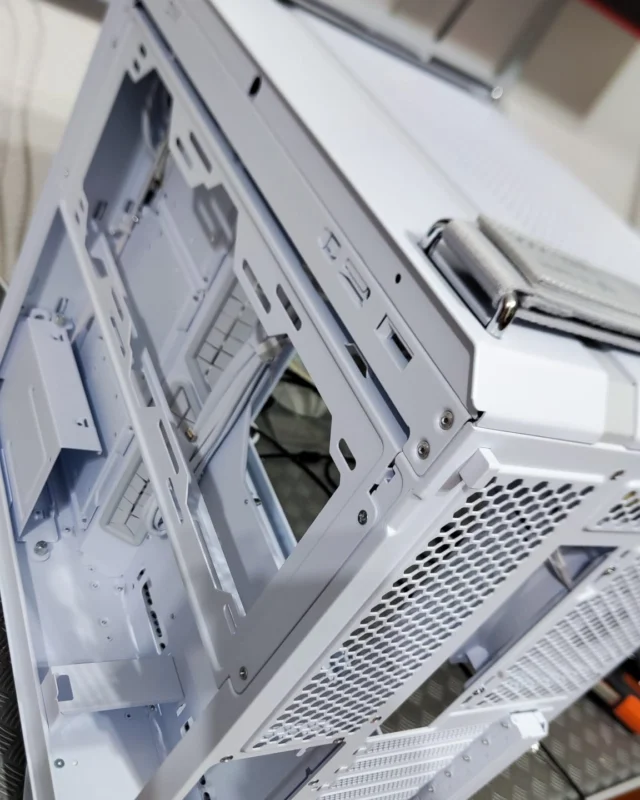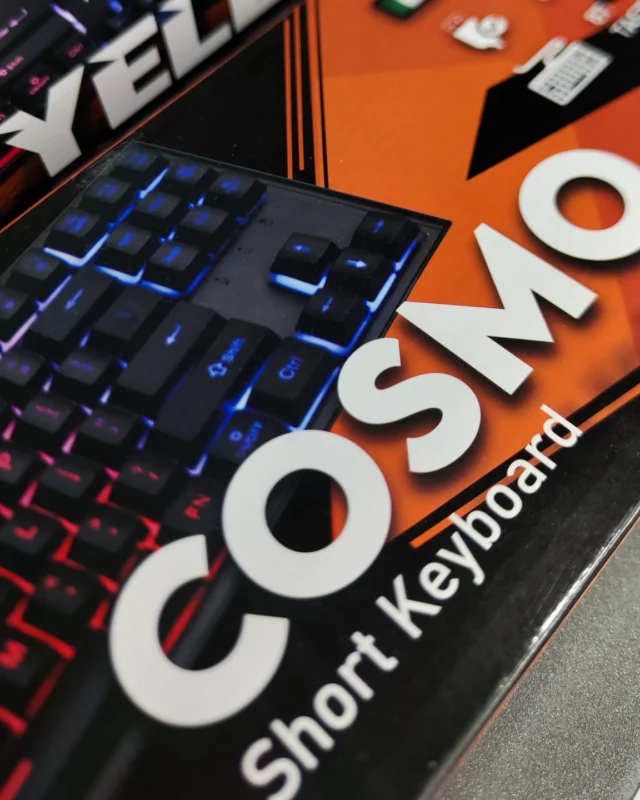© 2000-2025 - Enkey Magazine - All rights reserved
ENKEY SNC - VAT ID IT03202450924 / REA Code CA253701 - Phone. 078162719
Italy is focusing on the stars. While on the international space station it’s taking place the first mission that has as commander an italian, our astronaut Luca Parmitano, on the Earth, we have as next target Mars 2030. About it the company Dainese, in Vicenza, is cooperating with the ESA and the NASA for the realization of the next space suits. But this isn’t the first time that the italian space suits fly between the stars neither.
From Dainese to the space
“We developed in the years the capacity to understand and to know the human body which is of absolute value, and it is the secret that brings us to be so competitive.
It is for this skill that it’s recognised by all that the MIT of Boston decided to work with us on the project of the Nasa to develop a suit that protects the astronauts in the mission toward Mars”, tells Cristiano Silei, Ceo of Dainese.
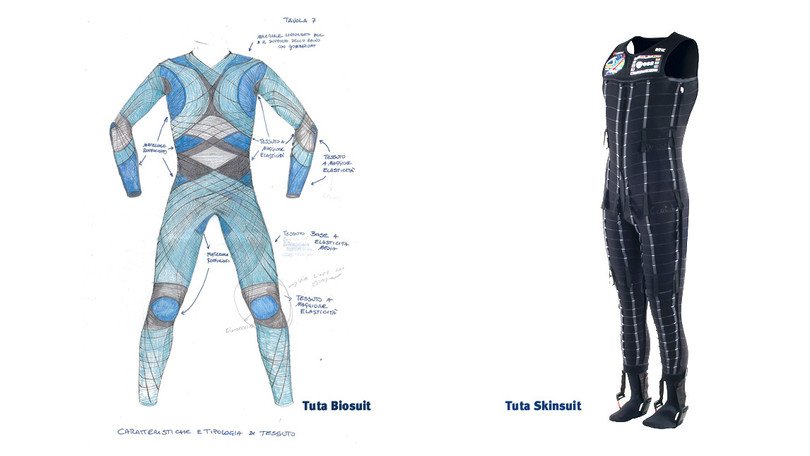
The american cooperation with the MIT and the NASA has as purpose the next missions toward Mars, with human crew. But this isn’t the only cooperation which is focusing on the space. Meanwhile, infact, the company is bringing forward a second important cooperation, with the european space agency, for the realization of a suit which can be used onboard of the ISS and that limits the effects of the absence of gravity.
Dainese takes inspiration from the nature
“We say Inspired by Human. We work in the groove of the italian humanistic tradition, a groove well narrated in these months of memory for the 500 years of Leonardo. As well as the genius did, we take inspiration from the nature to find the best solutions for our projects too.
When in the ’80s we developed the first back protector for bikers, we studied three animals: the lobster, the armadillo and the pangolin”, goes on to tell Cristiano Silei.
In the company Dainese they study the human body brought to the most extreme situations, from the 300 kilometers per hour of the moto GP (the company is infact famous on the Earth for the bikers’ suits) to the space. They study the effects that those conditions have on the human body and they work together to find the best way to limit the effects of them. And the biggest part of the answers find inspirations from the nature that surrounds us.
In order to find the best solutions for the two space cooperations, Dainese created two space suits: the skinsuit and the Biosuit.
Skinsuit
The spacesuit Skinsuit was studied specifically to be worn onboard of the international space station. It exerts on the body of the astronauts the weight normally imposed on the Earth, even in absence or lack of gravity.
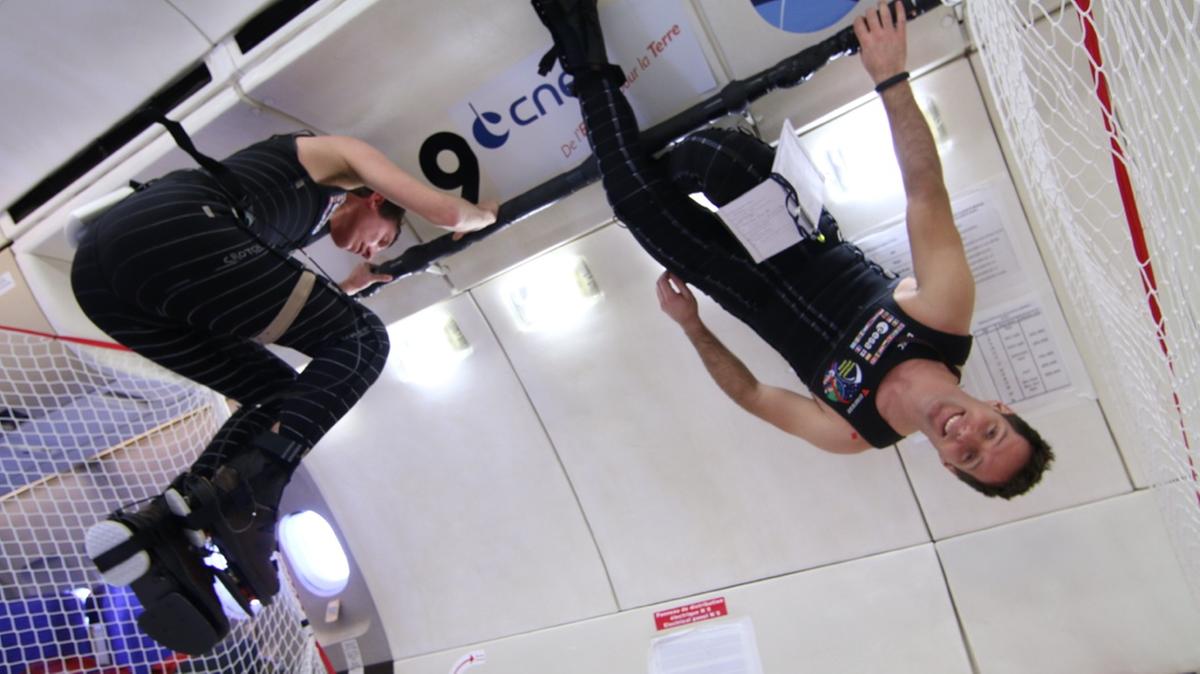
Between the first problems that the astronauts have to deal with once arrived onboard of the orbitant station there is the low back pain, caused by the stretching of the back bone. Skinsuit fights this stretching.
Furthermore, the vertical compression reduces the risk to catch a herniated disk, which is a risk to which often the astronauts incur too.
Skinsuit went in the space for the first time in the 2015, when the astronaut Andreas Mogensen tried it for 10 days. In order to make the suit perfectly efficient they took up to 150 measurements of the body of Andreas.
The following year a second astronaut tested the skinsuit too, it is Thomas Pasquet.
Biosuit
The second space suit made in Italy is Biosuit, the candidate to go on Mars, and it was born from the necessity to create lighter and more practical suits.
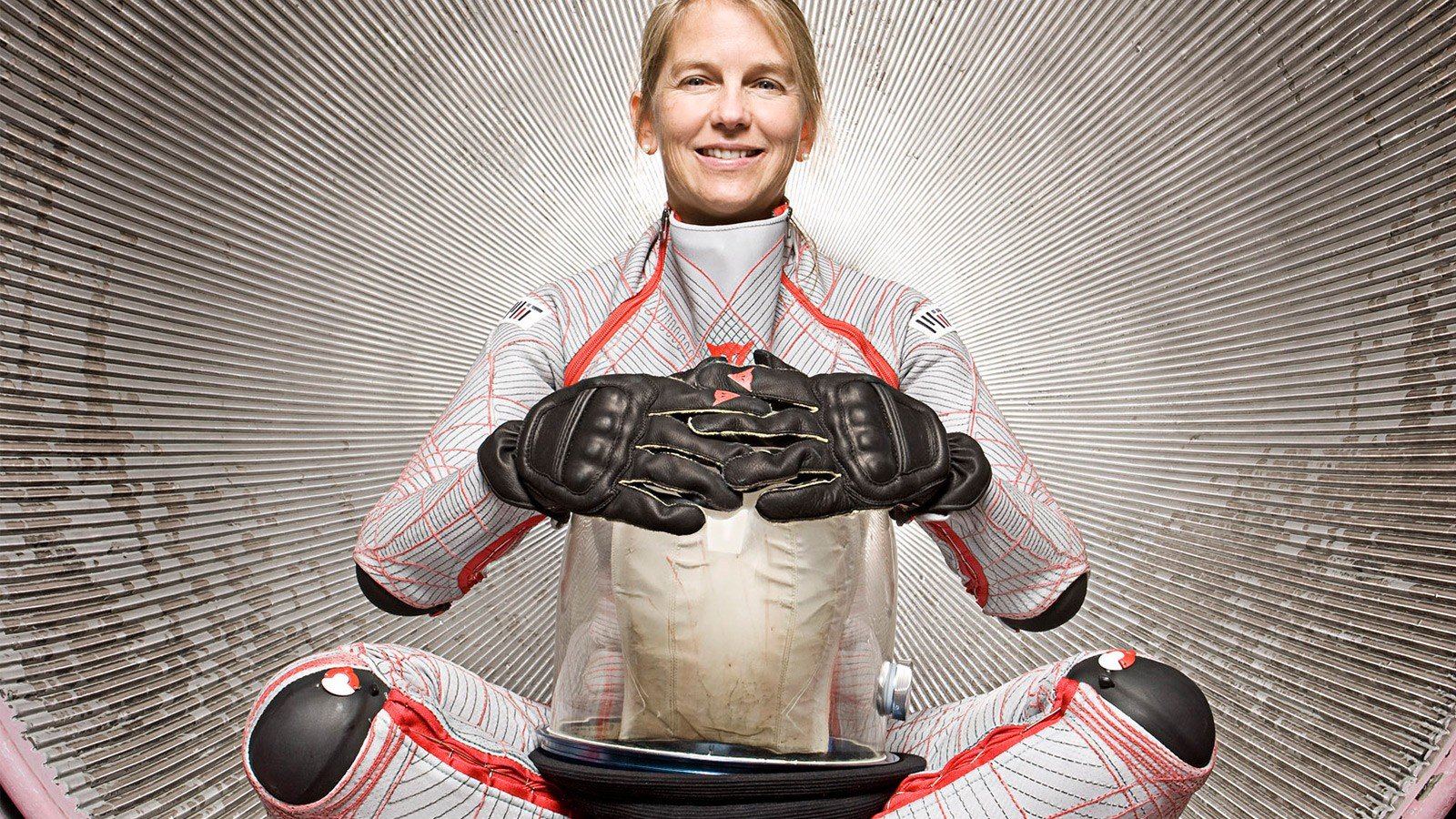
Biosuit takes inspiration from the studies of Arthur Iberall, which discovered that in the human body there are some points that don’t contract and don’t stretch themselves, even though the movements. Being able to connect these points between each others, the pressure of the body remains steady, by doing so the same work of the current big and bulky space suits.
The inside of the suit is pressurized, in order to the let the human survive to the space. By replacing the pneumatic pressure with the mechanic one, we can obtain a much more practical and light suit, which doesn’t force the astronauts to enormous efforts even to do a single step.
Anyway the project is still in a developement phase, to be soon usable in the mission missione Mars 2030.
This post is also available in:
 Italiano
Italiano

